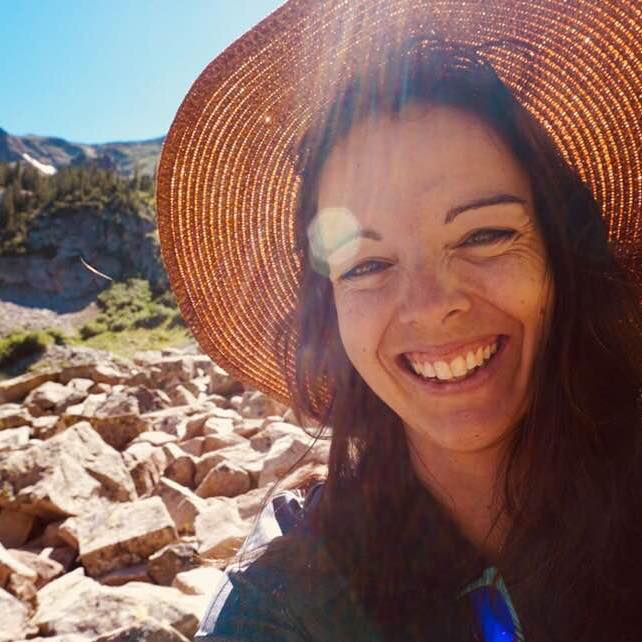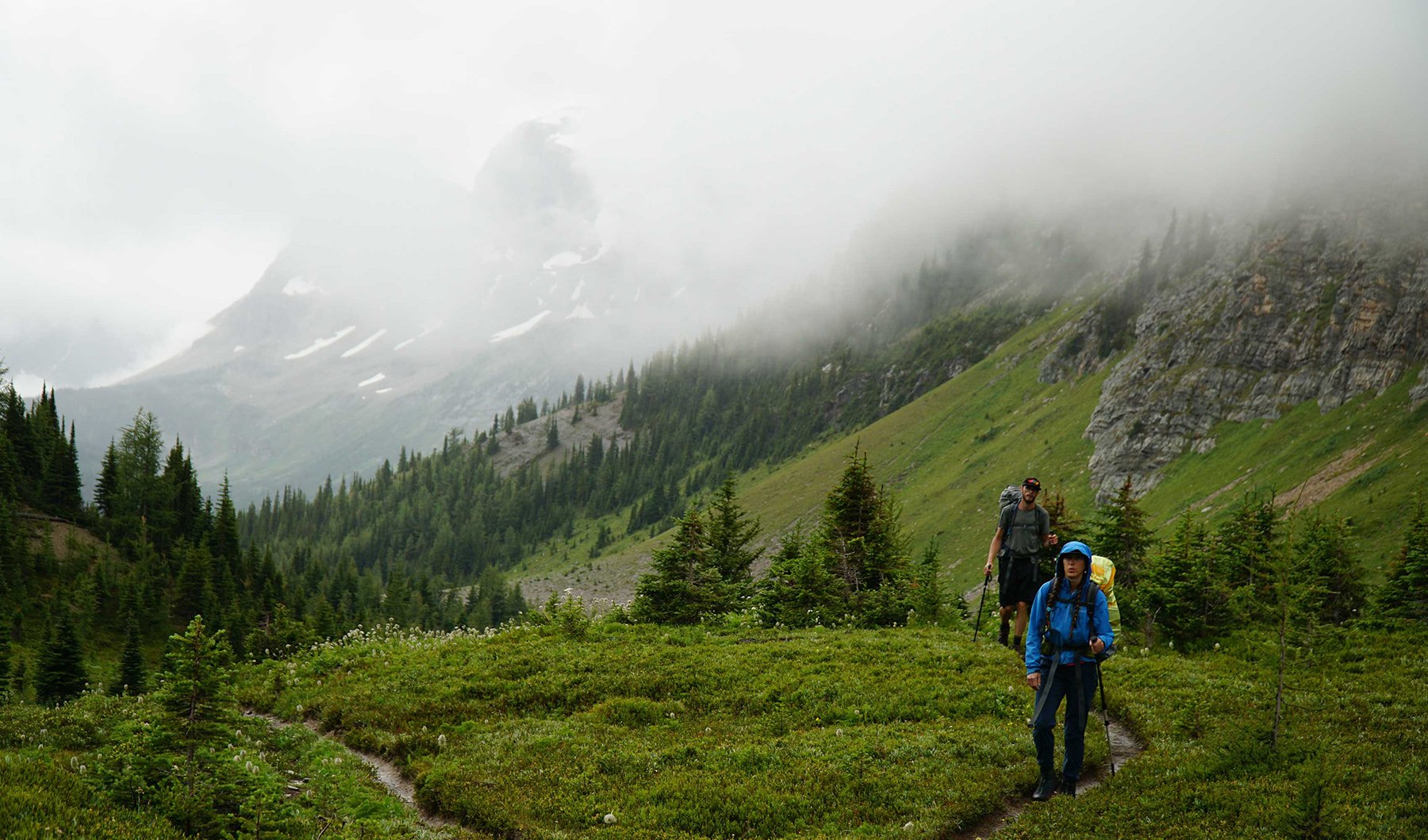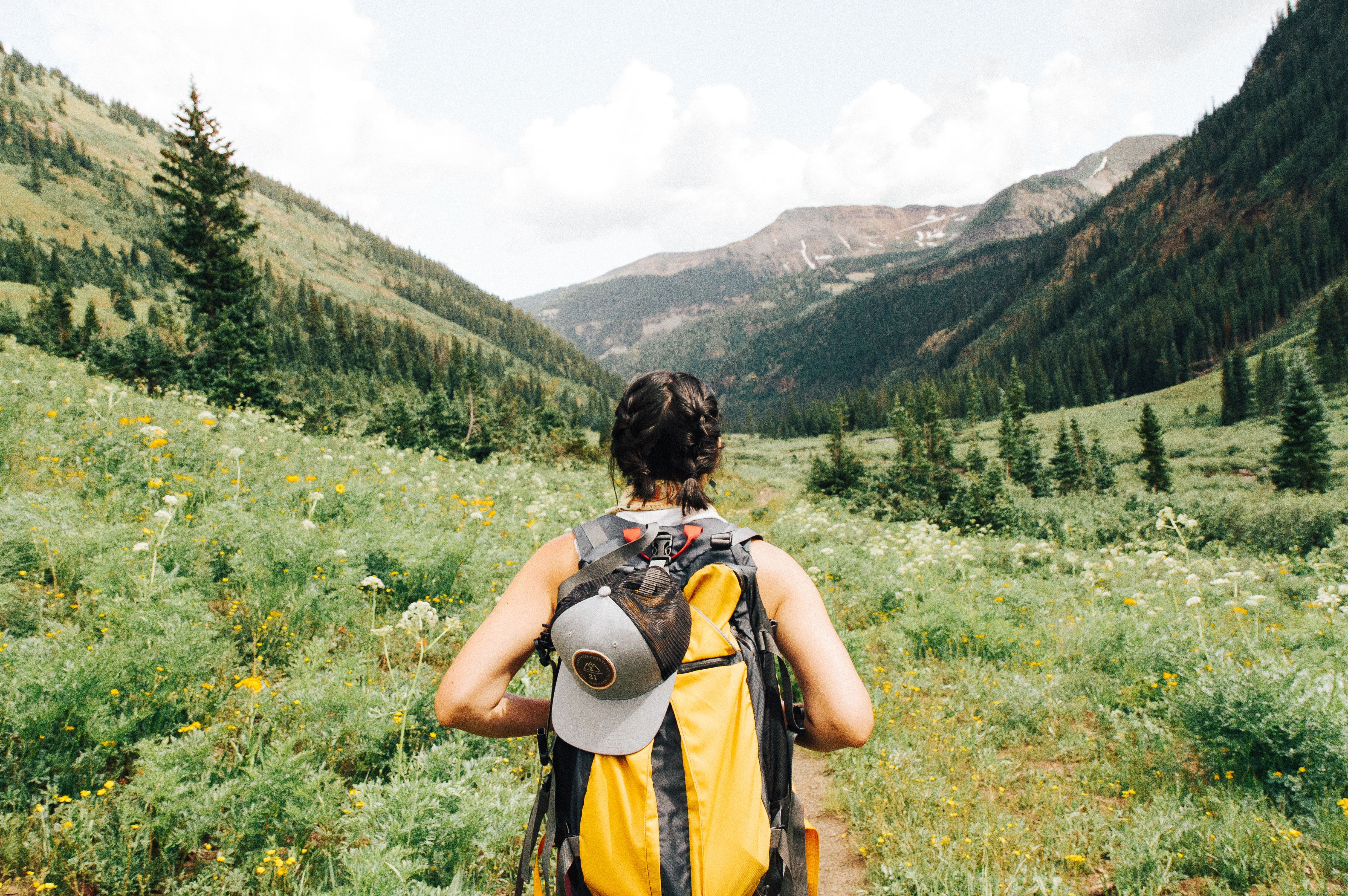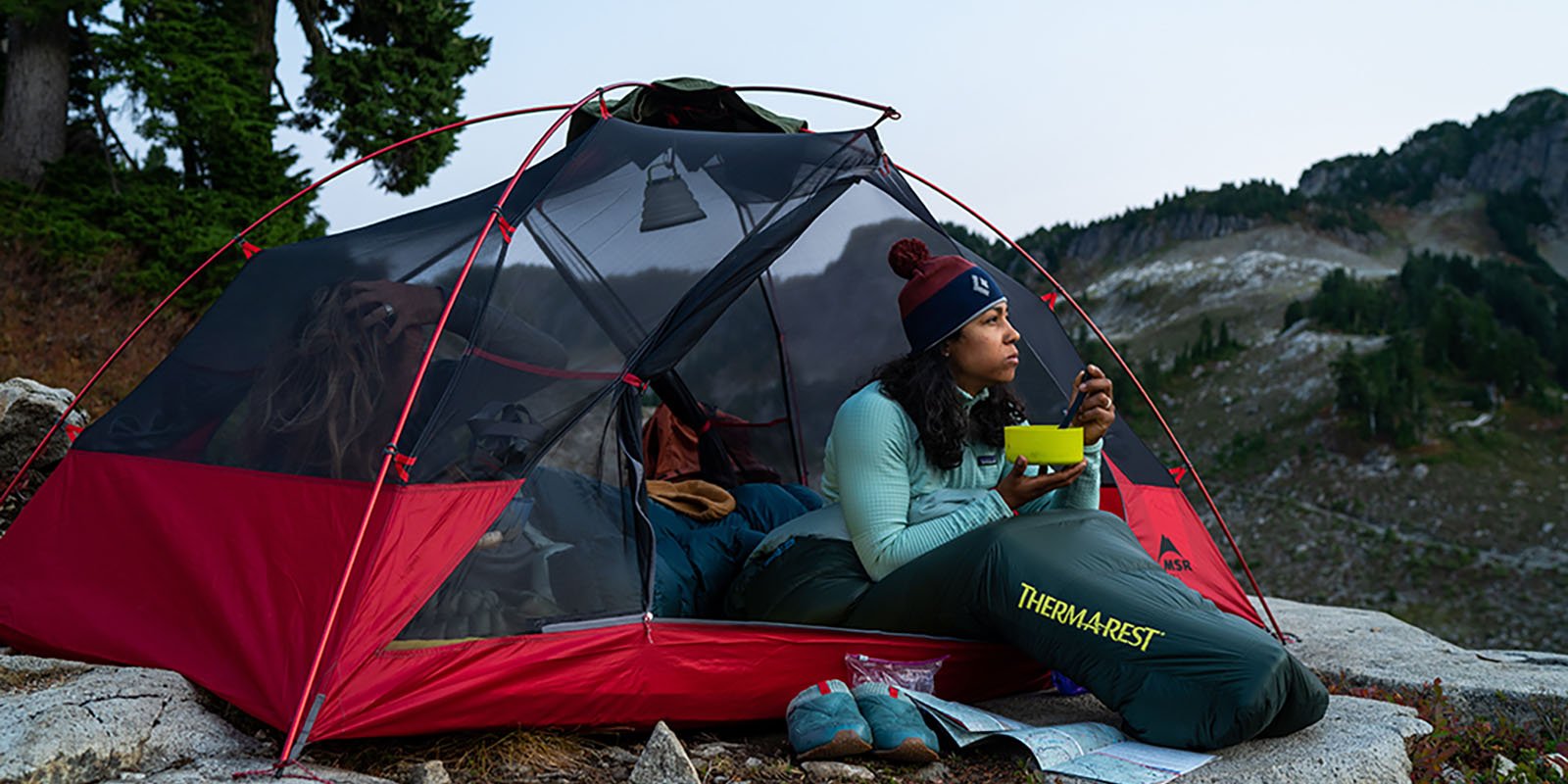Former Army Combat Medic Hikes 6,800 Miles for Veteran Suicide Prevention
If you or someone you know is suffering from thoughts of suicide, please contact the National Suicide Prevention Line at 1-800-273-8255.
Alexander “Stealth” Seling, 33, began a 6,800-mile journey across America on foot just before Christmas last year. Seling’s trek on the American Discovery Trail (ADT) began in Cape Henlopen State Park in Delaware. He expects to end his journey on the Point Reyes seashore in California by the end of 2021. If he makes it, he will have passed through 15 states, traveling the entire width of the United States. For perspective, the Earth’s circumference is 24,901 miles in length, which means that Seling will be traveling about a quarter of the way around the globe. But his main intention is to take advantage of the healing properties of nature while bringing awareness to veteran suicide prevention.
After deploying to Baiji, Iraq for 12 months, Seling returned to life in the United States a different man. During a recent interview, he shared that the military made him stronger and better in many ways: “I would say it definitely made me tougher. It made me a little more confident. It gave me a good view of the world—or a more broad view of the world, of my own life, and of the country.”
But his time in the military also left lingering impacts: “I have had some pretty dark times. I’ve had many, many suicidal thoughts… I’ve considered taking my life so many times and I know the pain that comes with that.” Due to his struggles, he decided to dedicate his thru-hike to helping prevent other veterans from committing suicide while also improving his own mental health.

A Journey to Long-Distance Backpacking
After getting out of the military, Seling worked a hodgepodge of security jobs. But it wasn’t until he began his first thru-hike of the 2,650-mile Pacific Crest Trail (PCT) in 2017 that he began to feel alive again. After his PCT hike, he realized that having a purpose and living in a natural environment seemed to help him to manage his mental health: “A lot has transferred over from the trail into my daily life. Mainly the differences in who I’ve become as a person. I’ve become more confident and dependable and overall happier. I’m not perfect. I’m not happy all of the time every day because I went on one thru-hike. I’d describe it more as a treatment. It radically improved my life.”
His hike on the American Discovery Trail is a continuation of his efforts to heal. Seling explained why he sought out the ADT this time around: “Well, [the American Discovery Trail] has a lot of appeal to me in different ways. It’s different from other thru-hikes in that there are a lot of historical sites along the way. It’s not just natural and geological history but also real history. It also uses a lot of roads. I think a third of the trail is roads. But that’s something that I’m used to. Because when I was hiking on the PCT, I was running behind because I had an old knee injury. The wildfires kicked me off-trail, so I had to come up with an alternate route. I improvised through roads, forest service roads, railroad tracks. The adventure itself (finding a place to sleep every night when it’s not guaranteed)—creating your own route—makes me super excited.”
So far on the ADT, Seling has faced sickness and an ankle injury. He’s also traveled through chilly winter temperatures on the east coast and summer conditions in the Midwest. Despite the physical challenges, the time he spends on long trails seems to be contributing to positive changes to his own mental health.
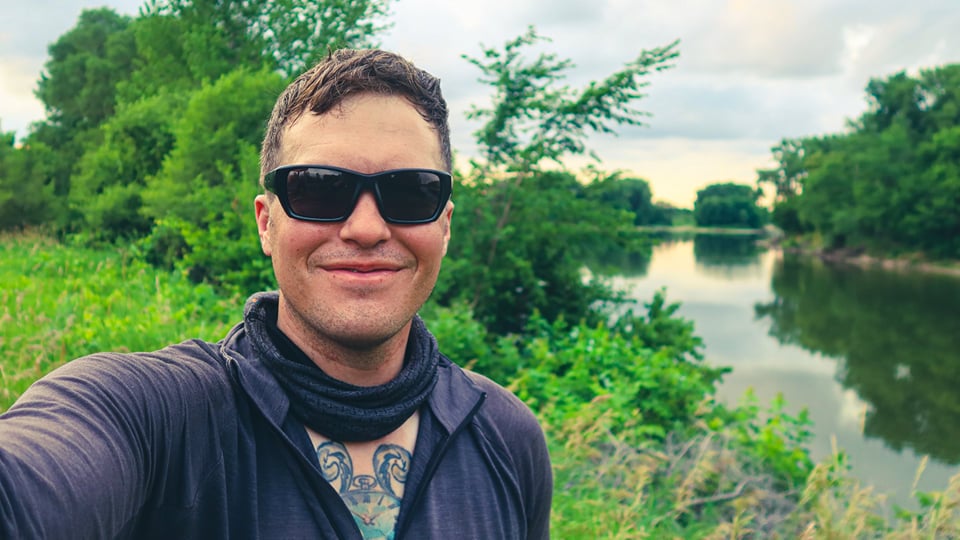
Veterans Facing Suicide
Seling is far from the only veteran who has struggled to transition from the military to life at home. According to the Department of Veterans Affairs, 17.6 veterans commit suicide each day. Both soldiers who deploy and those who don’t suffer from a higher incidence of suicide than the average American citizen. In fact, suicide rates for veterans are 1.5 times higher than they are for others. While there is a small decrease of 2.4% in suicides among those who seek care from the VA, the sheer number of deaths is startling. And they’ve risen 20% higher during the COVID-19 pandemic.
Tracking data about veteran suicide is part of the Department’s strategy to combat it. Like the DVA, Seling is hoping to discourage veterans from taking their lives. He is currently fundraising through Warrior Expeditions and Mission 22 to help in the prevention of suicide while he backpacks the American Discovery Trail.

Managing Trauma Through the Outdoors
In the same way that Seling has recognized the power of extended hiking in the backcountry, many other inquisitive minds have linked better mental health with time spent in the outdoors.
In 2021, thru-hiker and author Cindy Ross published Walking Toward Peace, which details numerous accounts of veterans using the outdoors to treat and manage trauma. As a life-long thru-hiker herself, Ross has always pointed to her experience on long trails as a mechanism for healing. Ross’s first thru-hike was of the Appalachian Trail in 1979, and she has since completed many additional long hikes. She uses similar mechanisms to help veterans heal at her retreat, The River House, in Pennsylvania.
Though not a veteran herself, Ross became inspired to create a support system for veterans after hosting a few Appalachian Trail-hiking veterans nearly a decade ago. She wanted to help others discover the transformative properties of long-distance backpacking like she and others had.
Veteran Earl Shaffer was a friend to Ross, and one of the first people to recognize how long-distance backpacking could help him to process his war-time experience. At age 29, he tackled the entire Appalachian Trail in 1948, becoming the first recorded person to thru-hike the Appalachian Trail in a single, continuous journey. He told a friend he was doing so to “walk off the war”. He later went on to hike it again in the opposing direction. And in 1998, he became the oldest person at the time to thru-hike the Appalachian Trail, doing so 50 years after his first thru-hike.
Many different hikers can attest to the power of the trail as a mechanism for healing, and there’s growing interest from the scientific community about why that may be. According to Harvard Medical School, spending time outdoors can increase vitamin D levels, create better physical health, enhance focus and improve mood. With results like those, it’s no wonder why more and more people are flocking to the backcountry.
Throughout history, those who sought spiritual enlightenment often went on pilgrimages to distant locations in pursuit of meaning. These journeys often took pilgrims to places of significance like the Golden Temple of India or to Bethlehem, with the treks aimed at fostering a sense of understanding and spiritual growth. The contemporary pilgrimage, although completed for varying reasons, often documents the same transformative effects, taking long-distance hikers through reality-changing circumstances.
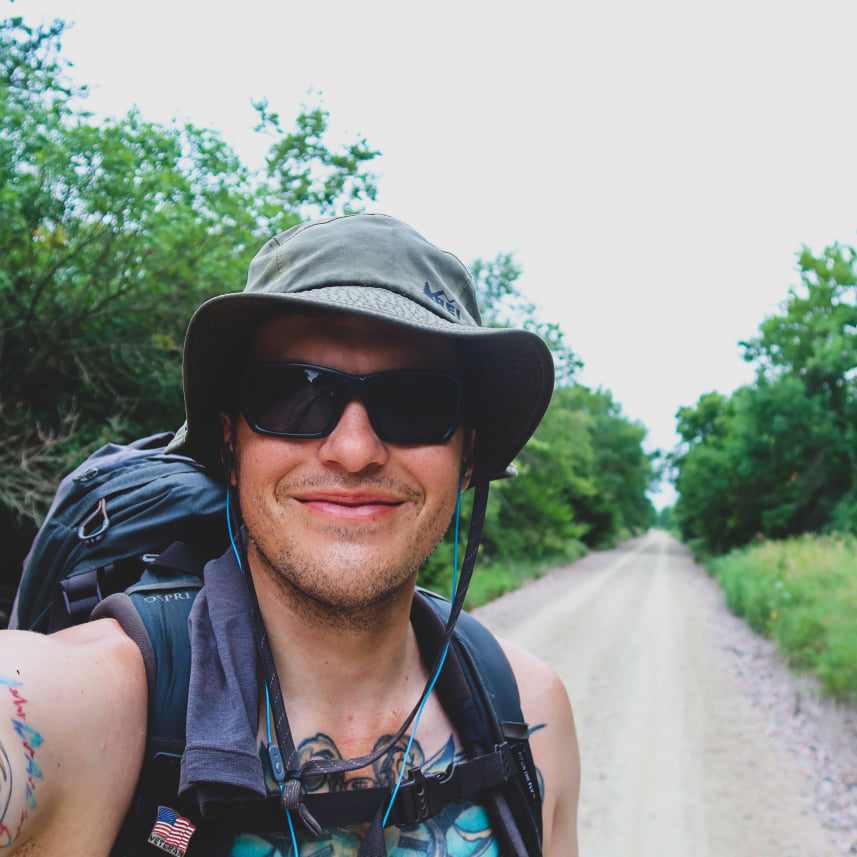
Finding Solace and Purpose On-trail
The long-distance backpacking community itself may be another driving force for healing. When asked about the most surprising part of his journey on the ADT so far, Selling shared that he has been blown away by the kindness he has been experiencing from strangers. The community makes it easier to stay motivated and inspired. “My lows are not quite as low as they used to be. And my highs are more often and more consistent,” says Seling.
Like many people who struggle with the ebbs and flows of depression, Seling admits that the fight isn’t over for him: “It’s definitely lessened a lot since my first thru-hike but I still have these battles. I’m looking forward to growing more. After facing all of the positive effects of my first thru-hike, I’m looking forward to the person I’ll be after my next one.”
Purpose also seems to play a significant part in cultivating stable mental health. “It’s incredibly important to have purpose in your life. It keeps me going. Even when I’m on trail, that’s what keeps me going,” Seling explains. “Ultimately, purpose is what makes it worth living. If you don’t have a purpose, it’s important to seek it out. You never know what might light up your soul and give you a purpose that gives you a long and happy life.”
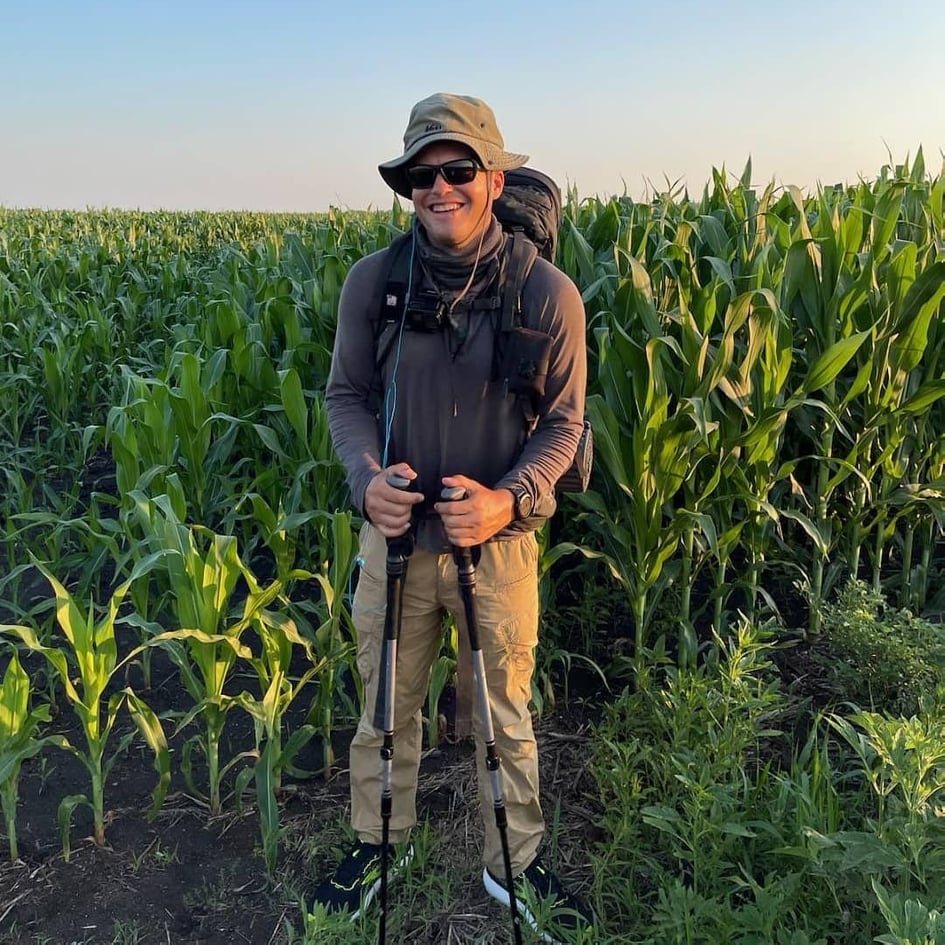
Mental Health and Getting Involved
Since suicide is the 10th highest cause of death in the United States, it is particularly important to find effective solutions. Today, there are dozens of organizations that are connecting veterans to the outdoors. Warrior Expeditions, one of the organizations that Seling is fundraising for on his trek, helps veterans prepare for and execute a long trail with the ultimate goal of finding job placement. No Barriers USA provides free opportunities for veterans to connect in the outdoors. The Veterans Expeditions holds events to connect veterans to one another and the backcountry. And the Sierra Club offers a Military Outdoors program in order to connect veterans to the natural world. If you or a veteran in your life are struggling with thoughts of suicide or other mental health challenges, these programs are all great places to start working towards healing.
Despite the challenges that many veterans are facing, it can be possible to overcome them. Seling’s overwhelming message to those who are struggling is: “Things can get better.”
Related Posts:
